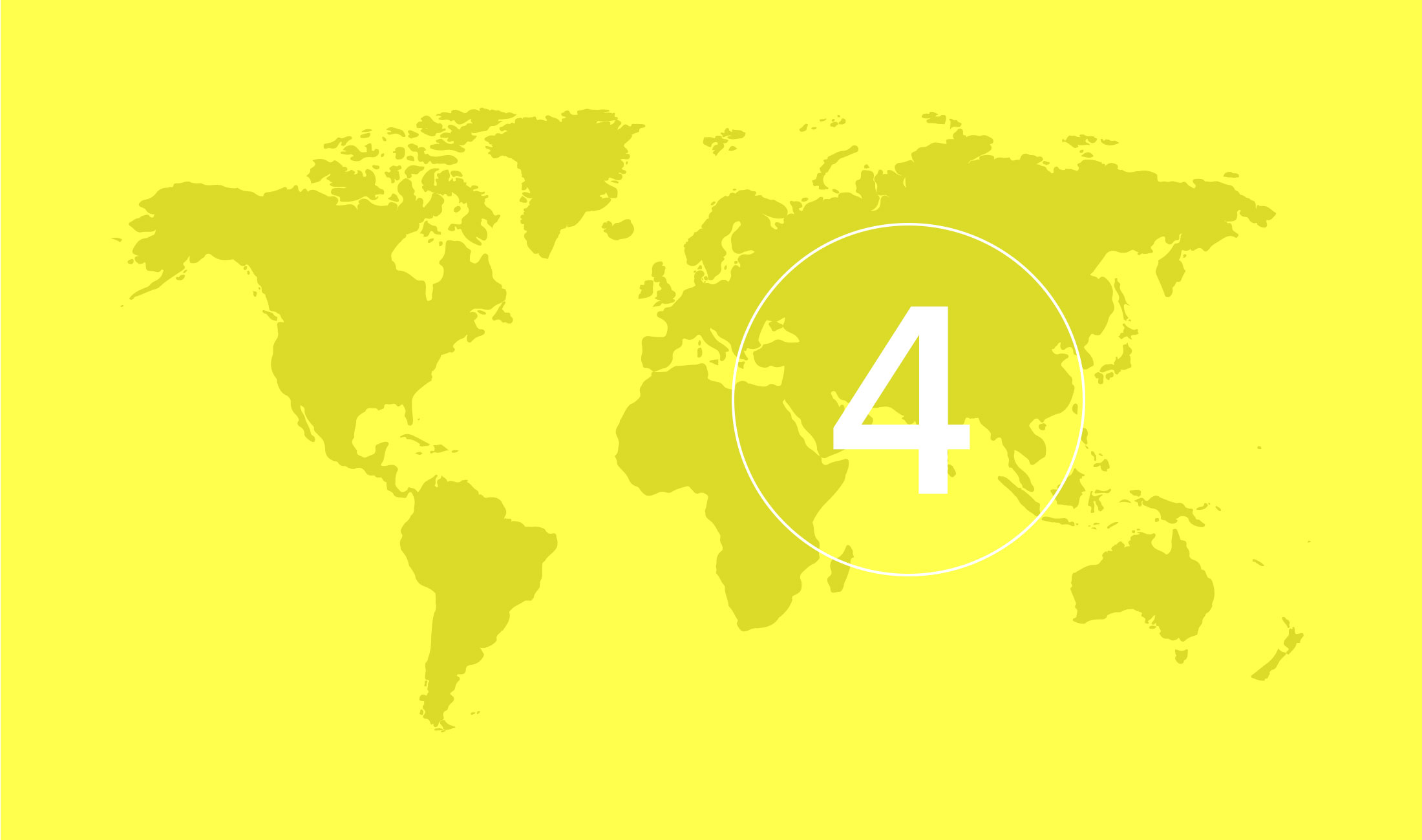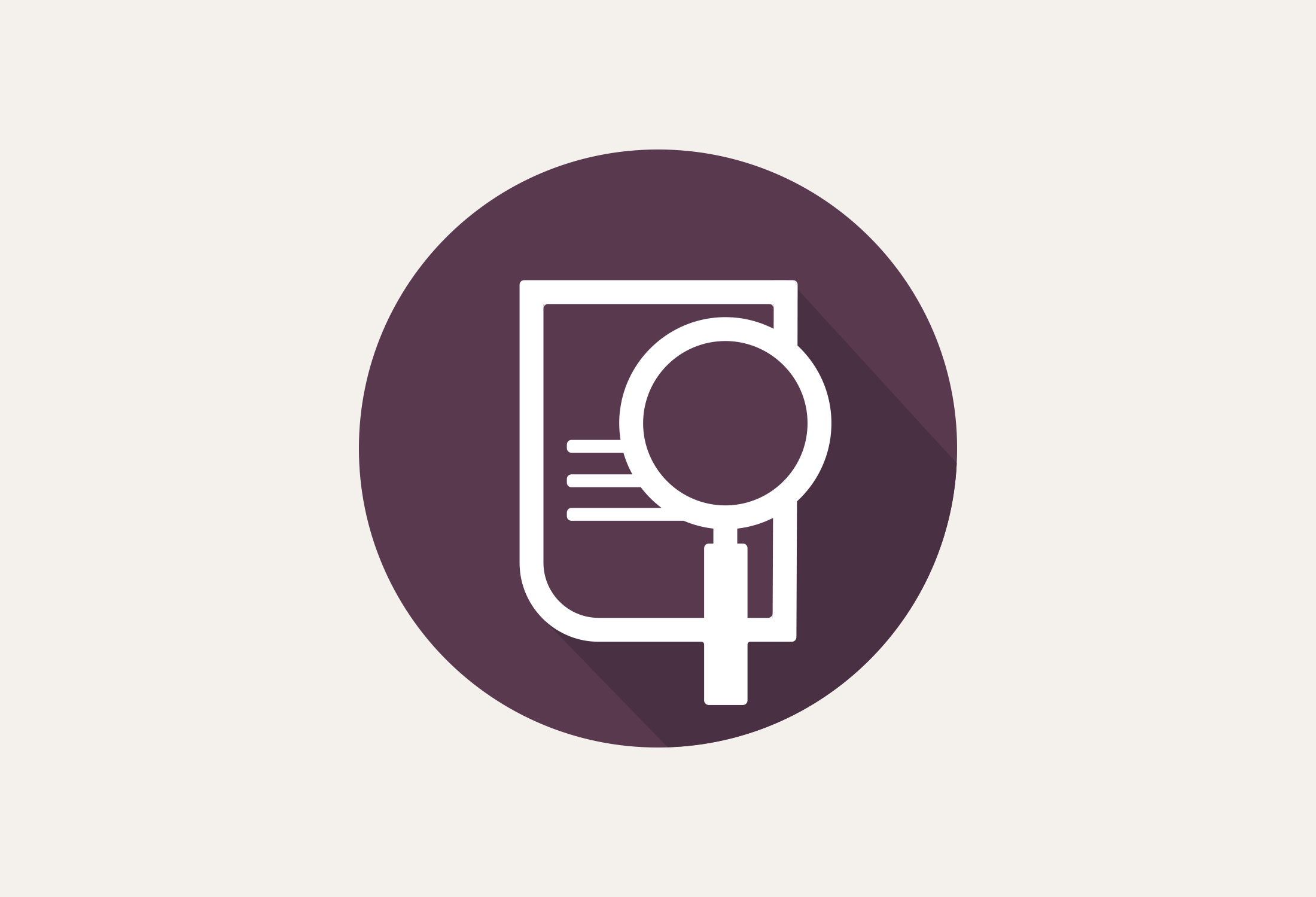
Colombia
Category
4
- 0
- 1
- 2
- 3
- 4
- 5
- 6
- 7
| Risk type | Short | Long |
|---|---|---|
| Sovereign |

|

|
| Public |

|

|
| Bank |

|

|
| Corporate |

|

|
The icons indicate EKN's risk assessment.

No policy established

Normal risk assessment

Restrictive risk assessment

Normally off cover

OECD or EU countries
Country risk analysis
Country risk analysis archive
Country Risk Analysis of Colombia
The latest Country Risk Analysis of Colombia was issued in October 2024.
A stable and dynamic democracy with security challenges
Colombia is the fourth-largest economy in Latin America and has been an established democracy for several decades. Moreover, Colombia has experienced more dynamic economic development in the past decade than the rest of the region. The economy grew at an average rate of 2.8 percent per year between 2014 and 2023, higher than the Latin American average of around 1 percent annually over the same period.
Colombia has maintained a stable, trade-promoting macroeconomic framework for many years, despite several economic shocks, such as the fall in commodity prices in 2014–2015 and the recent global pandemic. Additionally, Colombia has a network of free trade agreements with countries including Chile, Mexico, the Andean Community, MERCOSUR, the USA, Canada, the EU, El Salvador, Guatemala, Honduras, Nicaragua, Costa Rica, and South Korea.
Colombia’s political landscape also encompasses a broad range of political parties. Although political polarisation in the country has increased recently, Colombian politics has a long history of pragmatism and consensus between the major parties on key economic and financial issues.
The Colombian economy is composed of multiple sectors, including agriculture and raw materials, mining, manufacturing, services, and tourism. The services sector accounts for around 60 percent of the economy, while manufacturing represents just over 10 percent.
Exports make up approximately 16 percent of GDP, primarily consisting of coal, oil, metals, and agricultural products such as coffee and cut flowers. Coal and oil exports together accounted for about 50 percent of the country’s merchandise exports in 2023, making a substantial contribution to the state budget. This leaves Colombia vulnerable to price fluctuations on international commodity markets and to transition risks as the world shifts towards cleaner energy.
In 2024, fossil fuels constituted about 86 percent of Colombia’s energy consumption and approximately 92 percent of its production. Hydropower represents just over 10 percent of the energy mix, and there are plans to increase the share of renewable energy sources in the coming years, which could reduce transition risks in the long term. Another risk associated with the limited export base is Colombia’s relatively high external debt.
However, these risks are offset by foreign direct investment, the country’s floating exchange rate regime, and healthy buffers in the form of foreign exchange reserves. Colombia also has a standing credit facility with the International Monetary Fund (IMF), which reduces liquidity risk and mitigates risks associated with current account shocks.
The Colombian banking system is sound but limited in scope relative to the size of the economy, partly due to the continuing large role of the informal sector in the economy.
Colombia has achieved peace progress over the past decade, but still faces significant security challenges. In 2016, the then-government signed a peace agreement with the militant FARC guerrilla, ending the over 50-year-long conflict between FARC and the state.
Four years later, in 2020, Colombia became a member of the OECD, the Organisation for Economic Co-operation and Development. These advancements contribute to increased economic activity and continued improvements in institutional frameworks.
That said, Colombia continues to grapple with a high level of organised crime linked to drug production, trafficking, illegal mining, and extortion. These security issues not only affect people’s lives and well-being but also act as a brake on economic development. Efforts toward peace are ongoing including political negotiations with the largest guerilla group remaining, ELN.
The economic cycle turns, but political challenges remain
After a significant slowdown in 2023, the Colombian economy is expected to recover this year and next, thanks to interest rate cuts from the Colombian central bank aimed at stimulating consumption and investment and providing relief for indebted companies and households.
As these effects take hold, the IMF expects growth to approach its historical average of around three percent annually in the medium term. However, there is a risk that the recovery could be more modest.
Gustavo Petro, elected in June 2022, is the country’s first left-leaning president and is advancing an ambitious reform agenda focused on social programmes and green transition. The reforms cover multiple policy areas, including labour, healthcare, pensions, and energy. This reform agenda has faced significant hurdles and challenges in the face of political opposition and limited budgetary space.
Shortly after taking office, the government succeeded in passing a tax reform that increased taxes on fossil fuels and financial institutions, partially covering the increase in expenditure. However, the budget deficit has grown this year, and if economic activity does not pick up, it will weigh on the state’s borrowing costs.
Furthermore, the government’s reforms have encountered resistance in Congress and have been criticised in some quarters for eroding confidence among investors and businesses. As a result, the government failed to secure congressional support for the 2025 national budget earlier this year, prompting plans to pass the budget by decree instead. Overall, the political challenges are likely to persist for the remainder of the term, which runs until 2026.
Business environment
The availability of financial information for private buyers is generally good. Imports on open credit are common, and EKN’s experiences have been positive.
In terms of the overall regulatory environment, Colombian national administration is characterised by a high degree of reliability, especially in departments such as the Ministry of Finance, the central bank, and affiliated agencies.
However, local Colombian administration within municipal authorities and companies is marked by risks of corruption and political interference. It is also complicated to enforce collateral; for instance, foreclosures require sales by auction, making such actions both time-consuming and costly.
In the World Bank’s Governance Indicators—a set of indicators assessing corruption levels, regulatory environment, political stability, and the rule of law—Colombia’s performance has been relatively stable over the past decade. Indicators measuring political stability and security have improved, while those for the rule of law have weakened.
The Colombian banking sector has grown in proportion to the economy and is in line with the Latin American average. Domestic banks dominate the sector, accounting for around two-thirds of total assets. Additionally, the sector is primarily privately owned, a result of the sale of state-owned banks following a major banking crisis in the late 1990s.
The regulatory framework for banking is relatively well-developed, though there is room for improvement, such as in capital adequacy rules and the definition of core capital. The state is considered reliable regarding its willingness and capacity to support banks in distress. This was demonstrated most recently during the pandemic when the central bank maintained liquidity levels within the financial system and supported continued lending to the SME sector.
In 2023, the level of non-performing loans (NPLs) rose to a high 8.4 percent, a significant increase from the manageable historical average of 3 percent. Household loans primarily drive this trend, reflecting high interest rates and the economic slowdown. Despite the rise in NPLs, banks in Colombia remain well-capitalised and liquid, with the resilience to manage unforeseen events. Financial regulatory authorities have implemented measures to enable banks to handle increased credit risks in a controlled manner.
EKN’s policy
EKN has classified Colombia in country risk category 4 (on a scale from 0 to 7) since 2006. Standard risk assessment applies to transactions with the Ministry of Finance, other public buyers, banks, and companies. This means that there are no predefined restrictions on guarantees, and transactions are evaluated on their own merits without specific requirements or conditions.
EKN’s commitment and experience
Colombia is one of EKN’s larger markets in Latin America. Guarantees are primarily focused on city bus projects in several of the country’s major cities and the transport sector more broadly. In addition, there is also exposure to a large power project. Remaining commitments are linked to the mining sector and the pulp and paper industry.
Over the past five years, EKN has issued guarantees in an average of 35 transactions per year. Overall, payment experience has been positive, although delays have historically occurred in transactions involving municipal buyers.
Learn more about exporting to Colombia

- Financing
- Guarantees
- Markets
EKN backs financing of Bus Rapid Transit system in Bogota
Efficient public transport is instrumental to sustainable urbanization. The concept of Bus Rapid Transit (BRT) has been particularly successful in Latin America, where Volvo has been contracted to deliver 700 purpose-built buses to Colombia’s capital Bogotá in one of the largest-ever bus deals in Latin America. Local-currency financing backed by EKN made it possible.
EKN backs financing of Bus Rapid Transit system in BogotaMore for companies that want to export to Colombia

EKN's guarantees
EKN's guarantees reduce the risk of payment defaults and help banks support businesses. Which guarantee suits your needs?
EKN's guarantees
Guarantee guide
Are you unsure which guarantee is the best fit for your specific transaction? Try our guarantee guide.
Guarantee guide